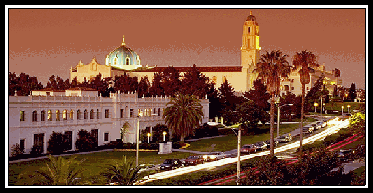
FUNDAMENTALS OF BUSINESS ECONOMICS
 |
| Summer 2011 |
 |
Graduate (S) Business Administration 503 FUNDAMENTALS OF BUSINESS ECONOMICS |
|
|
|
| | HOME | SYLLABUS | CALENDAR | ASSIGNMENTS | ABOUT PROF. GIN | |
II. Real Loanable Funds MarketA. Financial Intermediaries and Money Creation
. . .
.
.
. .
. . . . . . . .
.
.
.
.
.
.
.
.
.
. . . . . . . .
. . . . . . . .
. . .
. . .
. . .
. . . e. M2 money multiplier . . . |